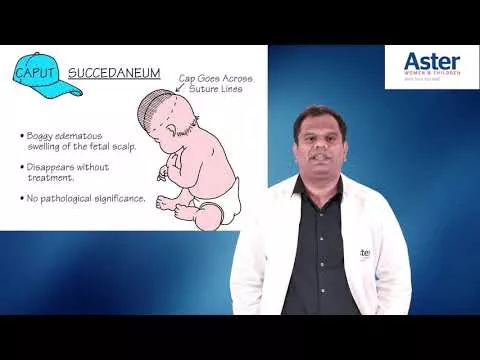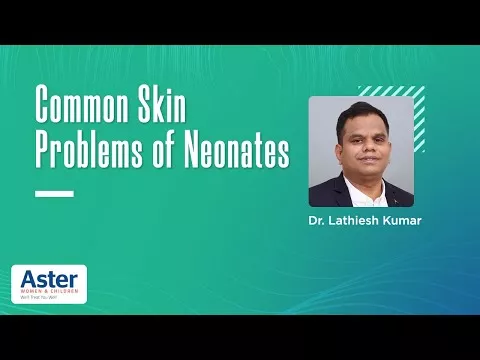A newborn child has very sensitive skin which is prone to rashes that are not permanent. Parents often have to be careful while handling the baby during the neonatal period as they are more likely to get rashes during this period. This condition is known as Erythema Toxicum Neonatorum which is a type of rash found mostly among full-term babies. While there are no grave consequences of this skin rash, it commonly affects almost 50% of newborns every year.
Erythema is a visible red rash on the skin, which is self-limited and the name Erythema Toxicum Neonatorum (ETN) is given because the rash looks like erythema. This rash usually appears in infants between the ages of 3 days and 2 weeks and may be present in the first few hours of life. ETN generally appears after the first day and may last for several days. Although the condition is harmless, several parents often get worried about seeing this rash on their newborns. Hence, it is important to know the signs, symptoms and treatment methods for new parents to effectively tackle the disease.
Understanding Erythema Toxicum Neonatorum
ETN is one of the most common benign skin rashes that affects several full-term newborns. It is a self-limited condition that does not cause any complications and can occur on any part of the body like the abdomen, chest, face, neck, arms, and legs. This skin condition is presented as a red rash with small white or yellowish bumps like papules (small bumps on the skin with distinct or indistinct borders) or fluid-filled blisters like sacs called vesicles and can appear or disappear on different parts of the body. It is a rare skin disorder in preterm babies and usually occurs during the first week of birth and regresses within 7-15 days.
What are the causes, signs and symptoms of Erythema Toxicum Neonatorum?
While the causes of ETN are unknown, the disease occurs as a small yellow-white bump on the skin, which looks like small blisters or fluid-filled bags on the newborn’s skin. These blisters may sometimes release a fluid-like substance that looks like non-infectious pus. The red spots on the skin are of varied sizes and shapes and do not trouble the baby in any manner as they regress with time.
Are there any conditions similar to Erythema Toxicum Neonatorum?
There are several other skin problems like neonatal acne or baby acne and Milia which pose symptoms similar to Erythema Toxicum in newborns. Parents often mistake these symptoms of Erythema Toxicum for other skin rashes and hence it is vital to get it checked by your doctor.
What are the treatment options and when should you see a doctor?
Since ETN is a self-limiting condition it may not require any particular treatment. However, to ensure the complete safety of the child and confirm the diagnosis of any other skin diseases, a child specialist in Bangalore may suggest tests like skin biopsy, and the testing of infiltrated eosinophils under the microscope.
Even though there is no need to change any skincare routine that you may be following for your child, but, it is recommended to not use any over-the-counter medications like creams or other gels to treat erythema as unsupervised treatment may cause other skin problems or infections to your child. If your child is showing the following signs then you must contact your general physician and get him/her checked.
- If your baby has not urinated for a long time and is being fussy
- If the rash is rapidly spreading and annoying the child
- If the baby has a fever that does not come down after sometime
Parents must avoid self-diagnosing this condition as touching or breaking the rash may lead to other skin infections. Maintaining a good skin routine for the baby can prevent them from other skin diseases and this routine should not be changed unless it is suggested by your doctor.












